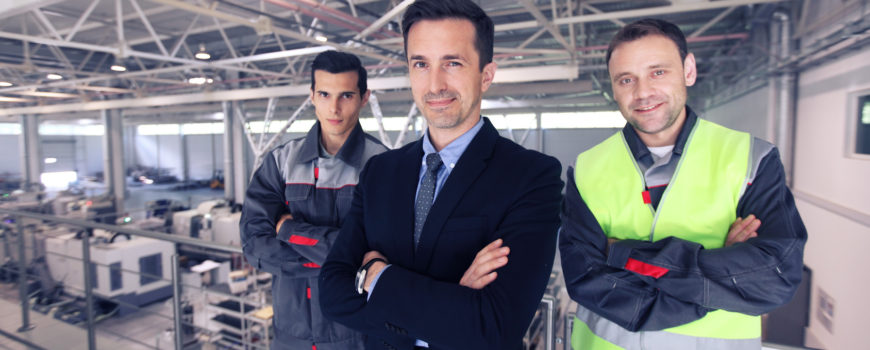Industries need high quality light to improve productivity and keep the workers safe. Industrial lighting needs to be durable enough to withstand the harsh conditions of industries, such as vibrations, high temperature, corrosive materials, dirt, and high humidity. In addition, industrial lighting should comply with the fire and manufacturing lighting safety requirements and be fit for the purpose for which the lighting is used.
Types of Industrial Lighting
1. High-Intensity Discharge
HID bulbs produce light when an arc passes between cathodes, making metallic additives contained in the pressurized tubes to vaporize. HID lamps are efficient and long lasting. However, they do not produce high quality light. Due to this, they are mostly used for outdoor security and area lighting.
2. High Output Fluorescent
These produce light when electricity passes between cathodes and excites mercury and other gases that produce radiant energy. This energy is then converted to visible light by a phosphor coating. They consume about 20% less energy than incandescent lights and last up to 20 times longer. The main disadvantage is that they contain mercury, and therefore should be disposed properly.
3. LED Lamps
LED lamps are an efficient, but an expensive lighting solution. LED produce very little heat. This means that they are able to convert most of the energy into light.
LED are about 1.5 times more expensive than high output fluorescent. However, studies show that businesses can recover the cost of replacing their lighting with LED in less than 3 years. The other benefit of LED industrial lighting is that they do not contain any mercury, meaning that the company will not have to worry about disposing the lamp.
Since LED is non corrosive, bright, and does not produce a lot of heat, it can be used for many industrial applications like CNC machining and industrial inspection areas that require adequate lighting.
Why LED Is the Best Lighting for the Manufacturing Environment
LED lamps are better than HID lamps, such as high-pressure sodium lamps and metal halide, due to a number of reasons.
These benefits are:
- LED lamps are a more efficient industrial lighting option. LED use half the energy that HID bulbs use to deliver the same amount of light. Replacing existing HID lamps with LED can reduce your lighting energy cost by half. This means that the investment in high quality LED bulbs will have a short payback time.
- HID have a high maintenance and replacement cost. While LED lights have an average life of 150,000 light hours, HID have a lifespan of only 20,000 hours. This means that your business will incur more costs because HID lights require more frequent replacement.
- Metal halides take about 15 minutes to reach full brightness when turned on and need about 20 minutes before they are turned on again once they have been switched off. However, LED get to full brightness as soon as they are turned on, and can be switched on and off at any time.
- HID produce a lot of heat. For instance, metal halides produce up to 350F of heat, compared LED that only produces 100 F.
- HID are more likely to explode during use. This makes it necessary to invest in bulb enclosure fixtures. They also increase the risk of fires in the factory.
- Metal halides contain mercury gas, which is harmful to the environment.





